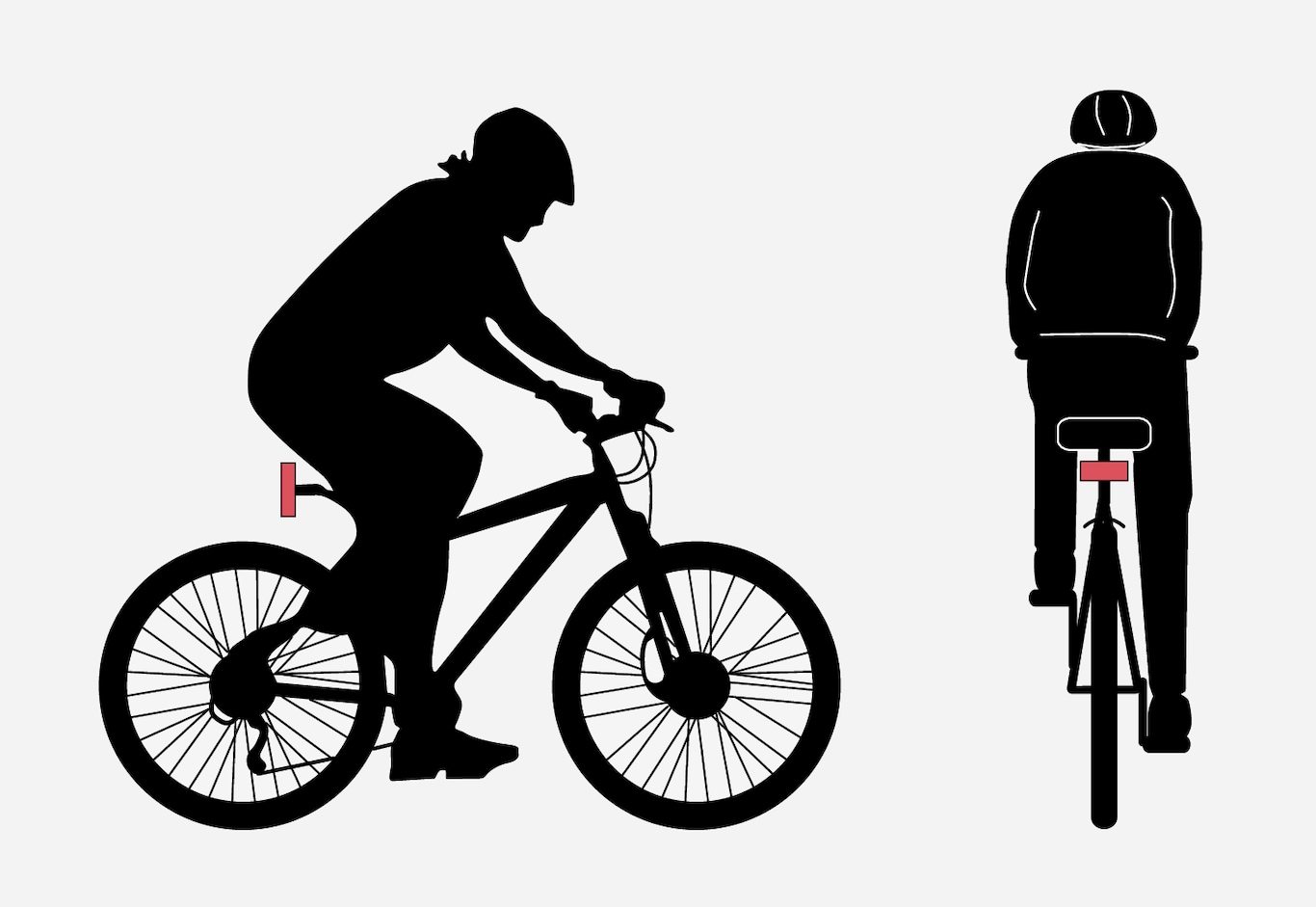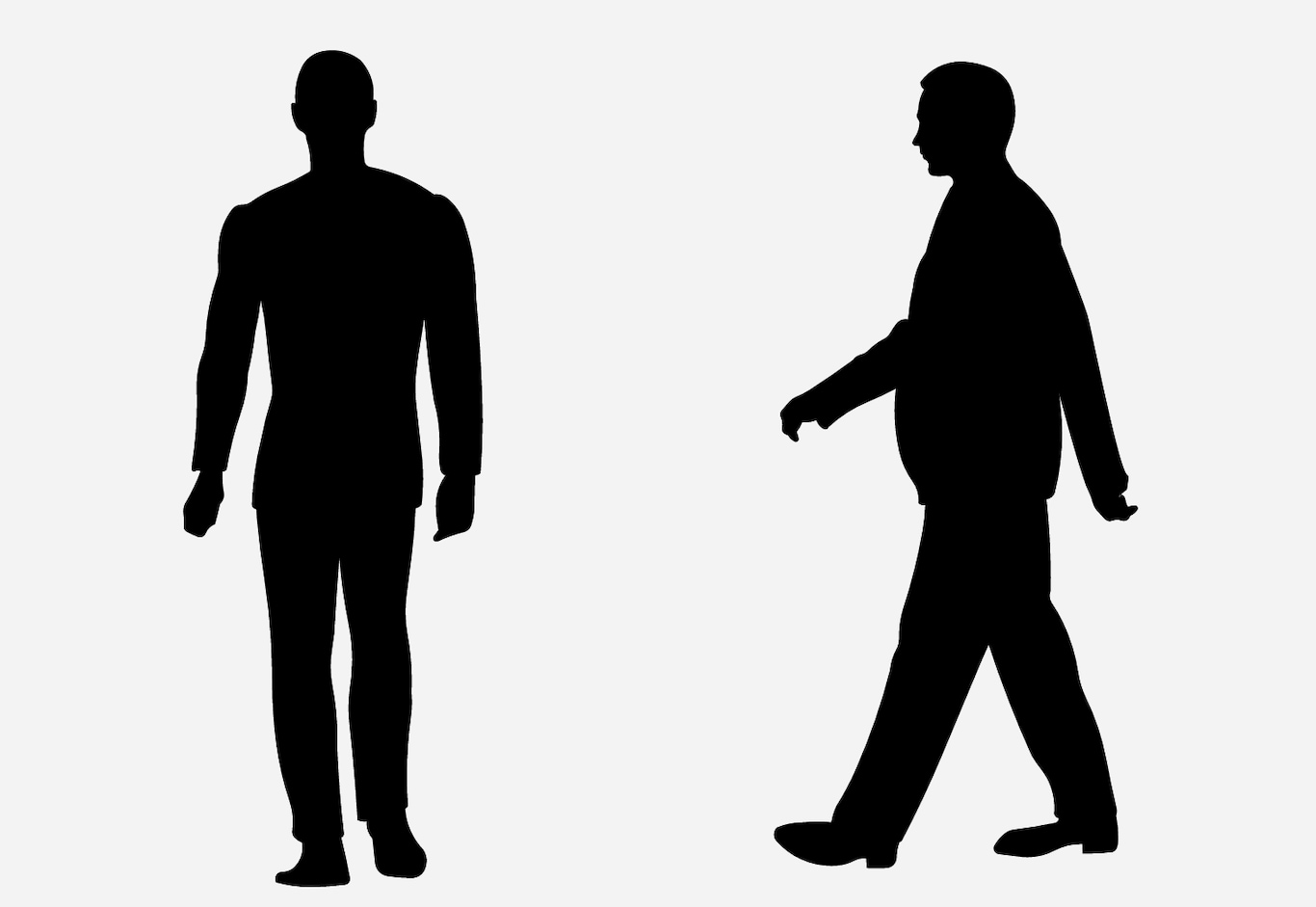Vehicles
City Safety detects most types of vehicles that are either stationary, moving in the same direction as your vehicle or approaching when you are about to turn left.
In order for City Safety to detect a vehicle in darkness, its headlights and taillights must be on and clearly visible.
Cyclists

To help function optimally, City Safety's function for cyclist detection needs clear information about the bike itself and the rider's head, arms, shoulders, legs, the upper and lower parts of the body and a cyclist's normal pattern of movement.
- If major parts of the cyclist's body are not visible to the camera, the system cannot detect the cyclist.
- The cyclist must be an adult riding a bike intended for an adult.
Warning
City Safety is designed to be a supplementary driving aid.
It cannot detect:
- all cyclists in all situations, e.g., a partially obscured cyclist will not be detected.
- a cyclist whose clothing prevents a clear view of the person's body contours.
- a cyclist transporting a large object.
The driver is always responsible for operating the vehicle in a safe manner.
Pedestrians

To help function optimally, City Safety's function for pedestrian detection needs clear information about the person's head, arms, shoulders, legs, the upper and lower parts of the body and a person's normal pattern of movement.
In order to detect a pedestrian, there must be a contrast to the background. If there is little contrast, the person may be detected late or not at all, which may result in a late or no reaction from the system.
City Safety can also detect pedestrians in darkness with the help of the vehicle's headlights.
- If major parts of the pedestrian's body are not visible to the camera, he/she may not be detected.
- In order to detect a pedestrian, the system must have a full view of the person's entire body and the person must be at least 32 in. (80 cm) tall.
Warning
City Safety is designed to be a supplementary driving aid.
It cannot detect pedestrians:
- who are partially obscured, wearing clothing that prevents a clear view of the person's body contours or who are not at least 32 in. (80 cm) tall.
- who have limited contrast to their immediate background. A warning or braking may be delayed or not come at all.
- carrying a large object.
The driver is always responsible for operating the vehicle in a safe manner.